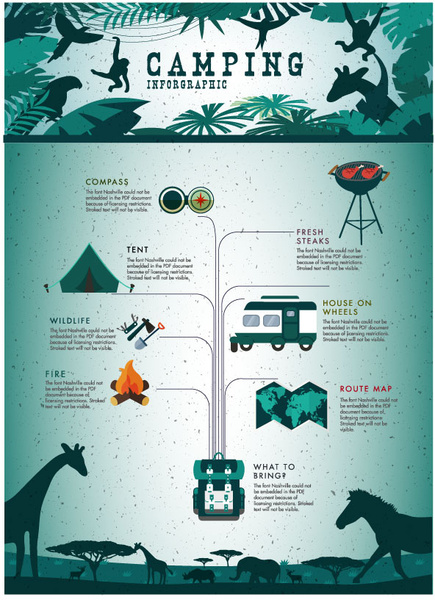Person lines are crucial for non-freestanding outdoors tents, providing extra stability and support beyond the capability of camping tent poles and regular stakes. They attach to marked loopholes or accessory points on the camping tent or rain fly, and are tensioned to pull out sagging fabric, enhancing interior living space and making the shelter extra comfy for campers.
Stability
Individual lines improve a camping tent's structural stability, providing extra support past that of the tent posts and risks. This is specifically vital when outdoor camping in windy settings. By promoting correct air flow, man lines additionally assist to prevent condensation within a camping tent. Specifically, when connected to the rainfall fly, they preserve crucial room in between the wall surfaces of the tent, which promotes air circulation and lowers the accumulation of dampness on interior surfaces. To affix a man line, simply link one end to the designated loophole or attachment factor on the rainfall fly or tent body, and afterwards secure the various other end to your preferred support factor such as a rock, tree, or outdoor tents risk.
Weight
Person lines are an effective ways of bolstering the structure of a camping tent. They are easy to attach by looping one end via assigned loopholes or accessory factors on the camping tent body and rainfall fly, after that protecting it to an anchor factor such as a strong stake, rock, or tree. When tensioned, they take out sagging material and sagging corners, assisting to improve the general architectural integrity of the shelter. They likewise promote air flow by maintaining the inner camping tent and rainfall fly wall surfaces separate, which promotes a camping cooler atmosphere within the outdoor tents and assists to lower condensation build-up. This inevitably enhances campers' comfort degree while outdoor camping outdoors.
Flexibility
Unlike freestanding camping tents, which can stand independently with their poles, non-freestanding camping tents have to be staked or guyed bent on keep stability and architectural support. This style decreases the weight of a sanctuary, and likewise enables better terrain flexibility.
Frequently, a camping tent's ridgeline and wall surfaces are designed with loops or attachment points for connecting to man lines. The lines can then be tensioned to draw drooping or sagging textile back right into form and produce a more powerful, a lot more resistant framework.
Furthermore, person lines are necessary for advertising appropriate air flow inside the camping tent. By dividing the rainfall fly from the mesh camping tent body, they allow air to circulate openly throughout the sanctuary, lowering humidity and condensation on indoor surfaces. This eventually adds to a more comfy and delightful camping experience. For a much more reliable configuration, consider purchasing a collection of person line insurance adjusters, which enable you to quickly enhance or decrease tension as needed.
Resilience
If a tent is correctly scouted with man lines, it can sustain winds far more badly than an equivalent shelter without individual lines. Additionally, they contribute in promoting tent air flow. As an example, connecting a rainfall fly to the individual lines maintains it divided from the tent body, stopping hot air from building up on the inner walls and ceiling of the camping tent.
The most effective way to secure a guy line is to feed one end of the line via an assigned loophole or add-on point on the camping tent or rainfall fly, after that tie it around the anchor point. A high quality support need to be constructed from a durable product, such as timber or steel, and positioned straight vertical to the line to promote the strongest bond.
